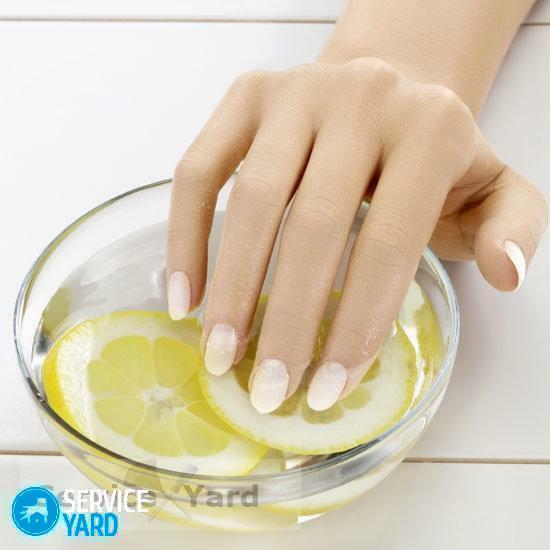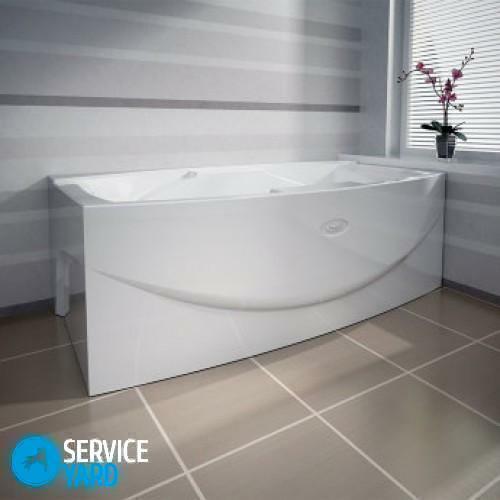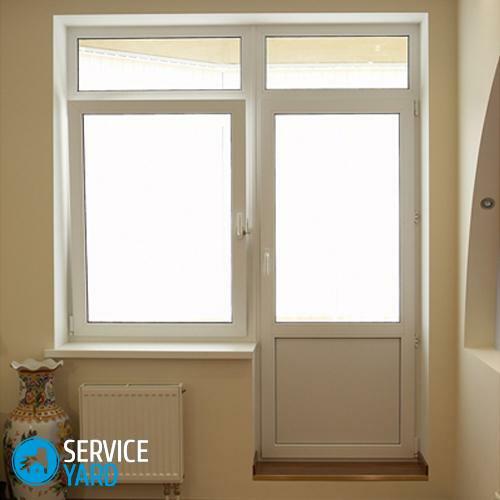The most common of concrete blocks built homes. Due to the porous structure of the aerated concrete has high thermal insulation properties. Wall insulation outside the house of aerated concrete should be carried out keeping the features of the material.
The importance of warming house facade
Someone thinks that the conduct of the facade wall insulation of aerated concrete - too much, because this material is already good performance of heat insulation. For a better understanding we analyze in detail this issue. Aerated concrete blocks have high porosity. This determines the fact when they absorb moisture well. Deep, of course, the moisture will not penetrate, but the outer layer under its influence can be destroyed.

Aerated concrete blocks if get wet, able to dry for a short time. Inside the moisture is evenly distributed over the porous cells and the material is not subject to destruction. However, everything depends on time. To extend the useful life of the walls of aerated concrete facade is necessary to insulate.
If in the construction area The expressed harsh winters, the thickness of the insulation should be greater, and with it decreases the thickness of the blocks used in the construction works. And this, as you might guess, will result in savings. At the same time, increasing thermal insulation and increased useful life period.
types of heaters
All materials to be used as a heater for such buildings, should have a good water vapor permeability. For example, when using expanded polystyrene must perform within the hermetic quality finish. This will give a pair to penetrate into the thickness of the walls.
The most practical embodiment is the case where the thermal insulation is carried out from the outside. After spending insulation, you can achieve the following positive aspects:
- Increase energy efficiency. This helps to minimize heating of the building costs;
- Improved sound insulation of external enclosing structures. To live in such a house is more comfortable;
- Warming plays the role of decorative finishing element;
- In the case of events such structure will serve its owner for much longer;
- Insulated ready at home and when they are in the process of construction.

The warm walls: types and characteristics of materials
Warm aerated concrete walls can be different materials. They all differ among themselves characteristics and cost, which is also important, and affects the overall costs during construction. Now look at each of these in detail.
Styrofoam
This material is often used as a heater. It is light, well-treated and has excellent thermal insulation properties. In addition, it has the lowest price in comparison with their peers. Installation work is not entail any difficulties, so the insulation works can be quite run independently without the involvement of outside experts.

Man, poorly versed in the intricacies of warming will certainly ask the question, how to work with this material, and whether the use of foam is allowed? Try to understand this:
- If the structure of the wall or brick panel, the foam can be used uniquely for warmth. In the case of concrete blocks can be faced with certain difficulties;
- Warming of such structures should be carried out competently. It uses a multi-layer principle. Inside surface coated with a material which has good heat conductivity. This will give a pair to penetrate the thickness of the aerated concrete block.
- Outside walls are lined with materials that enable a couple to come out freely. They should have a small thermal inertia.
- Excess moisture will come out, and the inner part of the wall to dry thoroughly. As for the foam, it does not have good bandwidth, and so all the moisture will simply accumulate.
On exposure to moisture for aerated concrete wall will be more loose and lose the ability to resist heat loss. If aerated concrete construction to warm with the help of foam, it will change the dew point. As a result, all of the moisture will go inside. In this case, condensation will accumulate inside the house. At the final stage, the walls covered with fungus and mold.

Of course, such changes do not occur immediately, but after a certain time. During the construction in humid regions instead of the foam is best to use mineral wool. You can opt for the vermiculite plates. In this case, the owner will strengthen further and fire safety.
In areas with a dry climate, you can use the foam, but the walls you must first prepare well. First conduct an internal thermal insulation, and then insulated the walls outside. The final chord is finishing. It may happen that during the execution of the work will happen cracking of the aerated concrete block. Then it thoroughly glued cement mortar.
Advantages of external insulation foam
They can be reduced to the following items:
- Outside, the house becomes more attractive.
- The room inside retains heat well.
- Aerated lightweight, so there is no additional load on the foundation base.
- Excellent sound insulation qualities.
- Increased moisture resistance.
- The stability of the foam to the action of biological factors.
- There are no changes in temperature inside the room.
The sequence of work
All work is carried out in strict accordance with the technology:
- Careful preparation of the base. Wall to align. First of all it is necessary when used in the construction of non-autoclave units.
- Stripping and primer surface.
- Securing the guide profile.
Insulation fixed by special adhesive or assembly foam. The glue must be applied to the plate and not on the wall and fix it on the surface. Additional fixation is carried out with plastic dowels. After that the decoration of the facade. The angles are equal, use a perforated profile. The outer surface of the foam is covered with a reinforcing adhesive means. Then proceed to the plaster.
With excellent moisture resistance, foam reliably protects the outer wall from the effects of rainfall.
Penoplex
This material is made using high temperature and pressure.
Positive points material:
- The release material is in the form of slabs with less than the foam thickness.
- The material has excellent vapor barrier properties.
- Using Penoplex prevents fire spread, which is very important in terms of fire safety.

The only downside, perhaps, is its high price. Installation work are identical to those present in the case of the foam.
Mineral wool
Such a material is produced in plates or rolls.
Positive points:
- Under the action of the fire wool does not burn, but melts. Therefore, we can say that for mineral wool is characterized by fire resistant characteristics.
- The material does not pose a threat to human and animal health, as is produced environmentally friendly raw materials.
- Good performance of water vapor permeability.
- The high degree of noise absorption.
- Long service life.
- The material is resistant to microbial flora and rot.

Working with similar material require waterproofing, otherwise it will be formed condensate.
Polyurethane foam
This material is the best choice for insulation of walls of aerated concrete. Application of the material onto the wall is performed by using a special spray equipment.
material benefits
Polyurethane has the following positive aspects:
- No need to look for a place for the storage of material for insulation. It simply sprayed on the wall.
- It does not require pre-alignment of the walls. Material well fills all irregularities to form a seamless monolithic coating.
- Place the heater is possible even in the most remote places. This is achieved by spraying.
- A good degree of adhesion to the surface.
- If warming does not require implementation of the framework. Therefore, terms such work is carried out much more quickly than if you use other heaters.

If the insulation is chosen this material, it is necessary to perform in a finish to it prevented the penetration of steam into the wall. It is, for example, ceramic tile or covering alkyd paints.
There is plenty of material on the wall fixing. In one of these pre-formed skeleton, in which the cell stacked insulation.
You can use the "wet facade" technology. Material attached adhesive and plastic dowels. Finally, the material is fixed by means of hooks. After its consolidation superimposed reinforcing mesh and plastered wall.
To summarize, it must be said that the house of concrete blocks need to be sure to warm. Such works are not very complicated and can easily be carried out independently.



